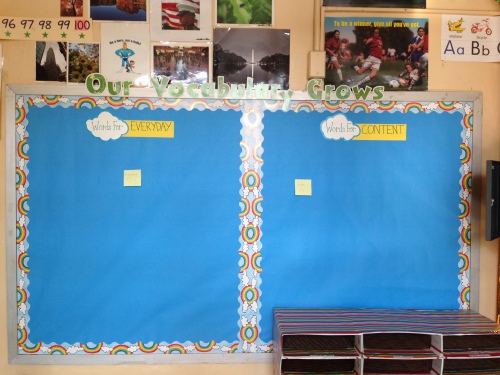The teach goes on.
It’s now my seventh year in the classroom and fifth in special ed. It’s been a while since I’ve been anything like the presence online I once was, but I’m still here. Hi, everyone. I hope you’ve been well.
This school years features a unique, challenging, and exciting wrinkle. In June, I began classes in School Building Leadership. I’m in my fourth class now and I’m accruing my internship hours. Next stop: administration. By April, if I pass the required two part exam in February, I will acquire my SBL certificate from the state.
I’m heading to the dark side.
Or, I’m heading to a place where I can make a more widespread positive impact.
I’ll go with option two.

Perhaps the most valuable takeaway of the experience so far is that I’m able to begin crafting my own personal vision of what kind of administrator I should be. My thoughts and hopes are very much theoretical at this point, but no matter what happens, I must be true to my personal and professional values.
This is the kind of administrator I hope to be some day:
- The kind that is a consistent, positive presence in the classroom and hallways. Students should know me as a concerned, caring educator. I should know them by their names. I should know about the wonderful happenings in their classrooms.
- The kind that approaches problems from a positive perspective, empathizing with the plight of the teacher and guiding teachers toward their best for our students.
- The kind that acknowledges he is not an expert in all topics, and that others who are must be called upon for guidance and aid.
- The kind that participates in the formulation of a shared vision that all stakeholders support and practice, and that makes the vision the standard by which we operate.
- The kind that promotes observations, class visits, and dialogue as a collegial means of driving the school forward. I firmly believe that teamwork makes the dream work. I must provide opportunities for teacher professional growth by articulating and demonstrating the mutual benefits of observations and dialogue. Collegiality must exist in the culture of the school so that the shared vision can be achieved.
- The kind that values character, effort, drive, growth, and dedication over grades, numbers, natural intelligence, and scores.
- The kind that looks for solutions to problems instead of allowing the problems to fester or grow underneath the carpet.
- The kind that leads from behind, allowing people to shine while I proudly watch.
- The kind that maintains a level head and does not rush to judgment.
- The kind that expects the best of all staff and makes staffing decisions based on what is best for the students.
- The kind that can keep perspective: above everything else, we are all human.
- The kind that people will run through a wall for.
- The kind that never forgets what it was like being in a classroom.
- The kind that honors the opinions and needs of stakeholders – parents, students, teachers, other staff, community members – and also looks at things from a bird’s eye view.
- The kind that does not lose grasp of the anchor of values that guide me professionally and personally.
I hope I’ll be back more often than I have been to write more about this captivating new professional journey. I hope you’ll be with me along the way.








